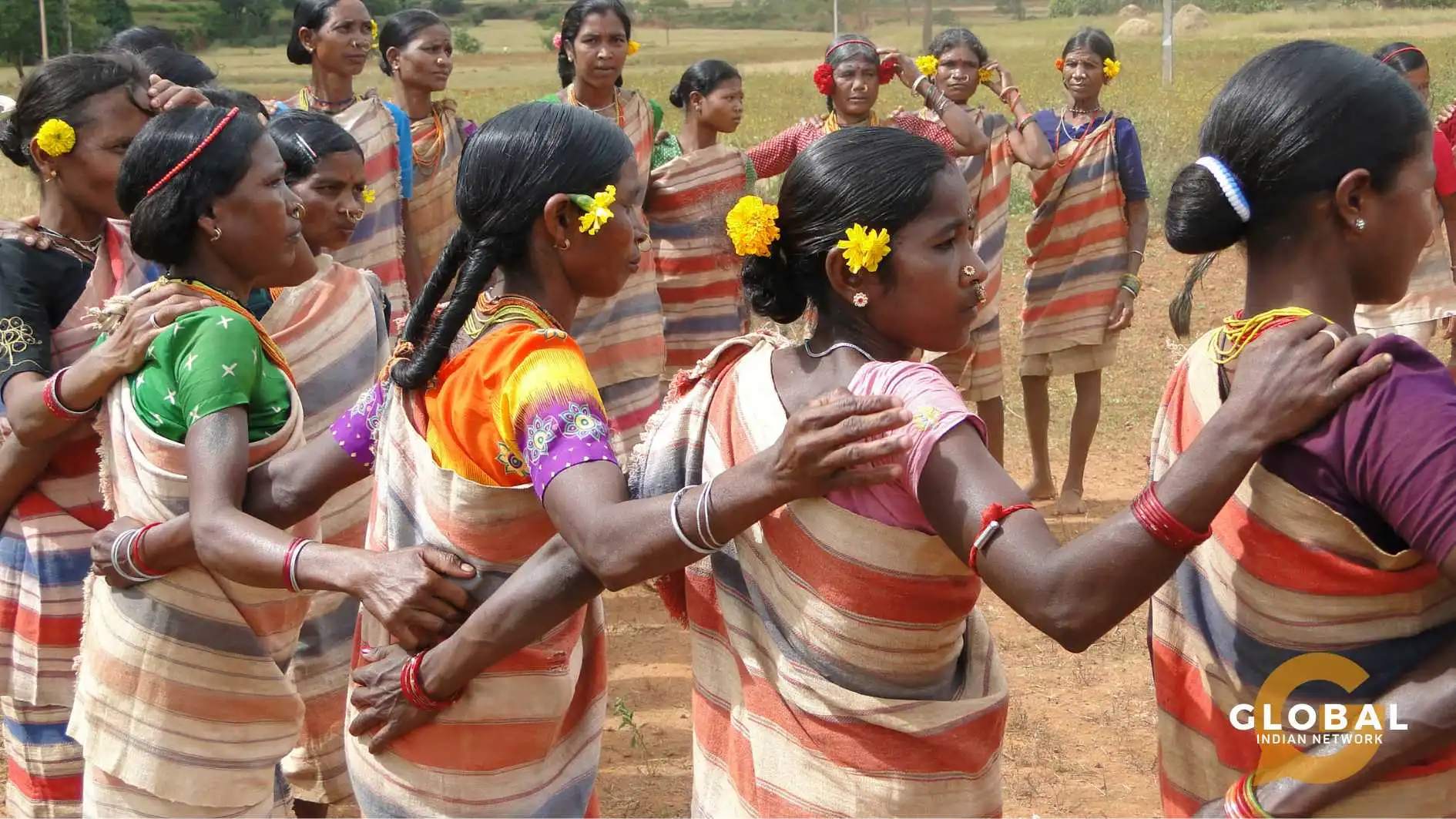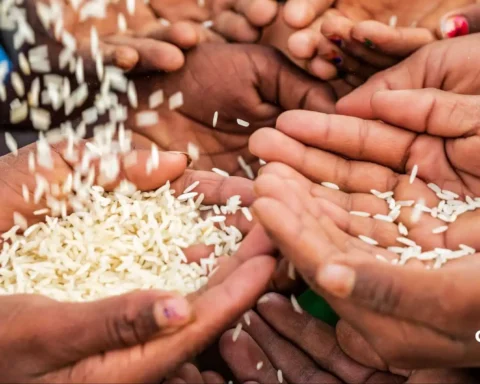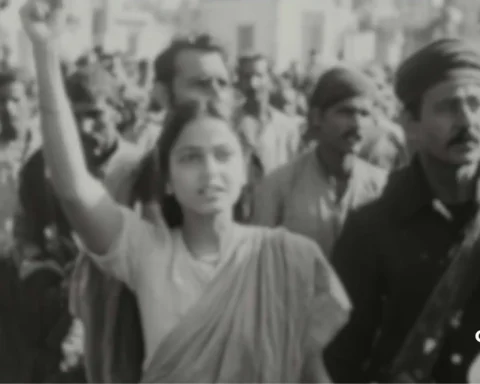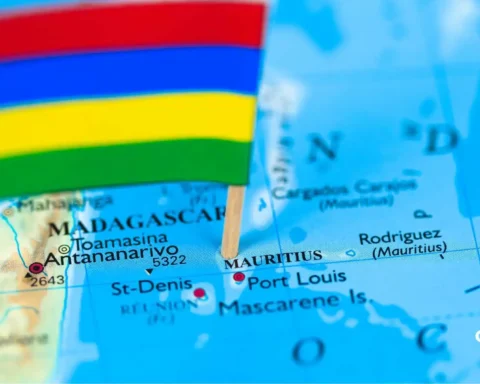Tribals are one of the important building blocks in the socio-political history of India. In a nutshell, tribal movements in India refer to the struggles of indigenous communities reflecting resistance against exploitation and attempts to reclaim traditional rights. This blog discusses the historical significance of tribal movements in India, their role in environmental conservation, and how this has brought about change.
Table of Contents
How Tribal Movements in India Shaped Indigenous Rights and Policies
Tribal movements in India began with the desire and necessity to resist oppressive policies of British rule and exploitation by non-tribal landlords. More uprisings, such as the Santhal Rebellion, the Munda Uprising, and the Rampa Rebellion, drew attention to such issues as land alienation and high interest rates and a critique of the intrusive nature of colonial policies. These tribal movements in India that broke out in various regions of the country were crucial for shaping rights and combatting British policies.
Resistance Against British Rule
The British government had enacted administrative policies under colonial rule that led to the disruption of tribal society. For example, under the British forest laws, the traditional rights of tribal communities over forest areas were taken away, and access to forests was restricted. This gave rise to movements such as the Bastar Revolt and the Naikada tribal uprisings in Madhya Pradesh, wherein the tribal populations resisted the loss of land and rights over forest products. While many tribal movements in India had begun as religious movements, they soon transitioned to political ones to fight the colonial government.
Key Figures and Tribal Uprisings
Some notable leaders, including Alluri Sitarama Raju and Govind Guru Banjara, led movements in areas now comprising the state of Andhra Pradesh, Chota Nagpur and Rajasthan. Their movements emphasized the restoration of tribal lands and traditional practices. In the hill tribes of Garo, Jaintia Hills, and Pahariyas of Raj Mahal Hills, chiefs like Raja Jagganath and Raja Anantayyar resisted British expansion to save their independence, cultural identity and protect the tribes from economic distress.
It is, however, the sustained efforts of tribal uprisings that finally forced the colonial authorities to bring in changes. Post-independence, these movements led the Indian government to implement policies aimed at protecting tribal rights, such as legislation on land settlements and forest rights.

Tribal Movements in India and Their Role in Environmental Conservation
Tribals in India have contributed much toward the conservation of the environment by protecting the forests and natural resources from exploitation through tribal uprisings. These communities traditionally depended on sustainable agriculture and forest products as means of sustenance.
Opposition to Land Revenue Demands
Tribal movements in India, like those by the Tana Bhagats in Chota Nagpur, resulted from exorbitant land revenue demands, forest levies, and exploitation by non-tribal moneylenders. These uprisings highlighted the need for a comprehensive forest policy to reconcile economic needs with ecological preservation.
Tribals resisted these British forest laws that levied forest cesses and curtailed cultivation in forests. The Forest Department, with its harsh policies, very often engaged in forest satyagrahas, demanding rights over traditional lands and forest produce. These struggles laid the foundation for modern forest rights activism.
Charismatic leaders like Tomma Sora of the Godavari region and Tirath Singh of the Khasis encouraged the tribes to fight for their rights over forest areas. This helped preserve the customary rights and continuation of the traditional way of agriculture.
The Impact of Tribal Movements in India on Social and Political Change
The tribal movements in India were instrumental in pushing social reforms and influencing political autonomy. They drew attention to the economic exploitation and cultural marginalization faced by indigenous communities. The moves by the tribals in India generated several social reforms that saw political autonomy to be taken. It brought forward economic exploitation and cultural marginalization. Economic and Social Struggles This economically distressing aspect of high interest rates and the introduction of the zamindars in tribal land fuelled rebellions such as the Bhil Revolt and the Ahom Uprising. Agrarian issues brought forward by such movements and political power among the tribal chiefs were underlined.
Tribal uprisings during India’s pre-independence history often aligned with the broader nationalist movement. For instance, Mahatma Gandhi’s engagement with tribal society, especially during movements like the Rampa Rebellion, underscored the importance of addressing tribal grievances within the larger struggle for independence.
Despite such progress, the tribal population continues to face challenges of land loss and economic exploitation. Modern Indigenous movements build on the legacy of leaders like Chittur Singh (of the Ramosi tribe) and Nirang Phidu (of the Singhphos tribe), who worked for political autonomy and access to resources. While most tribal movements in India had initially started to combat exploitative practices, they soon combined with the national movements of the time.

Conclusion
In conclusion, tribal movements in India represent the incredible determination and force of indigenous societies in safeguarding their rights and culture, intending to protect their surrounding environment. The movements started from the refusal of the colonial exploitation of the Britishers, and they influenced the nature of modern happenings. Given their importance, these tribal revolts have left a strong mark on Indian history, and they have been crucial in safeguarding the rights of the indigenous populations.









